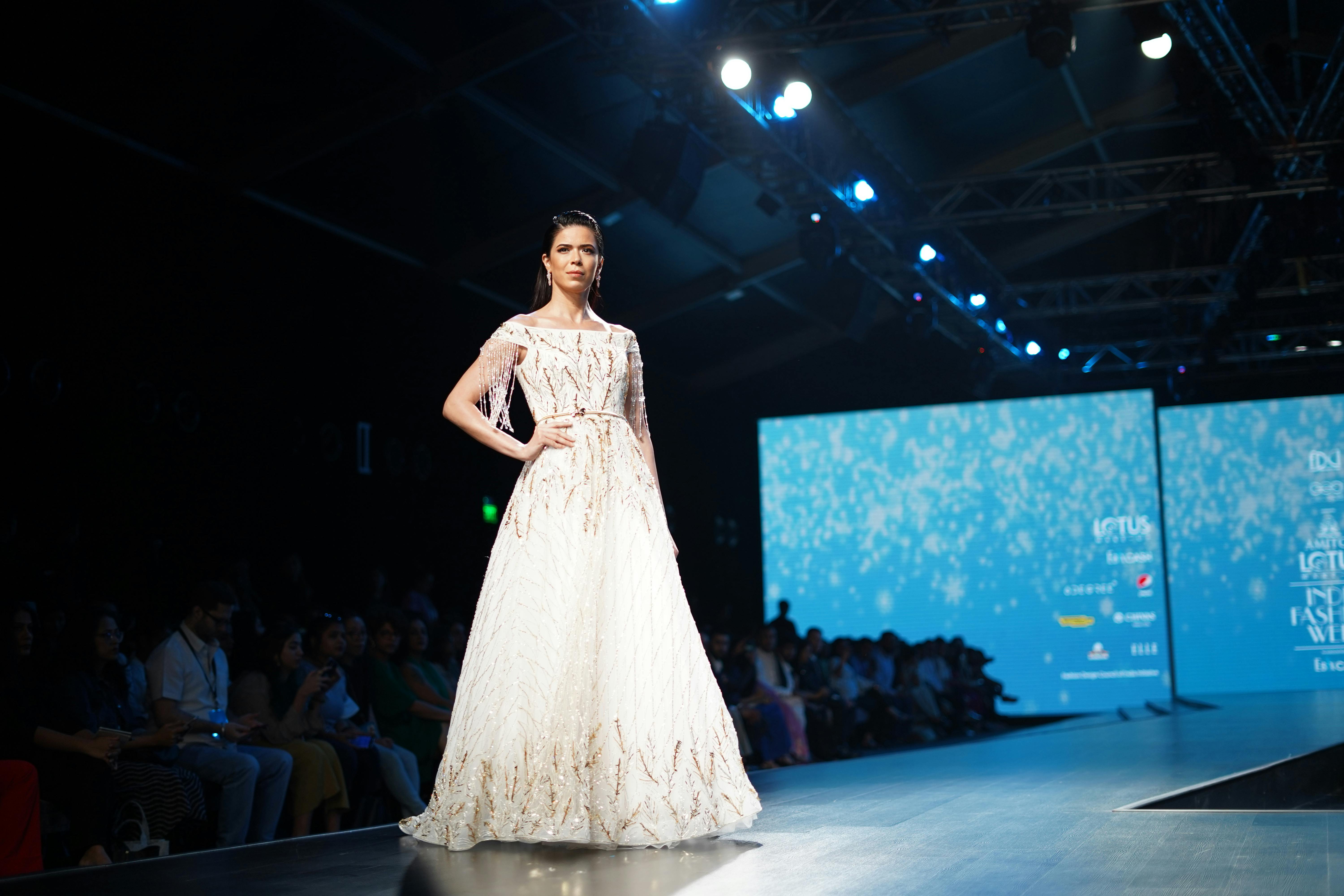Fashion modeling encompasses a wide range of specialties and niches, each with its own unique requirements, aesthetics, and opportunities for models to showcase their talents. Understanding the various types of fashion modeling is crucial for aspiring models as it allows them to identify their strengths and interests, and pursue opportunities that align with their goals.
Types Of Fashion Modeling
Let's explore some of the different types of fashion modeling:
1: Runway Modeling:
Runway modeling, also known as catwalk modeling, involves showcasing clothing and accessories by walking down a runway during fashion shows. Runway models are typically tall, slender, and have a confident and graceful walk. They work closely with designers, stylists, and choreographers to bring designer collections to life on the runway.
2: Editorial Modeling:
Editorial modeling involves posing for fashion editorial spreads in magazines, catalogs, and online publications. Editorial models showcase clothing, accessories, and beauty products in stylized photo shoots that tell a story or convey a particular theme. Editorial models often have versatile looks and can embody different characters or aesthetics.
3: Commercial Modeling:
Commercial modeling focuses on promoting products and services in advertisements, commercials, print ads, and promotional materials. Commercial models represent everyday people and come in a variety of shapes, sizes, ages, and ethnicities. They may promote clothing, cosmetics, household products, food and beverages, and more.
4: Fashion Campaign Modeling:
Fashion campaign modeling involves appearing in advertising campaigns for fashion brands and designers. Campaign models are often the face of a brand or collection and are featured in print ads, billboards, social media campaigns, and online promotions. They work closely with photographers, art directors, and creative teams to create compelling imagery that aligns with the brand's aesthetic and messaging.
5: Fit Modeling:
Fit modeling involves trying on clothing samples to ensure they fit well and meet the designer's specifications. Fit models typically have standard body measurements and serve as a reference for designers and patternmakers during the garment design and production process. Fit models may work for fashion brands, clothing manufacturers, or apparel companies.
6: Plus-Size Modeling:
Plus-size modeling represents models who fall outside the traditional size range of fashion industry standards. Plus-size models showcase clothing and accessories designed for larger body types in fashion shows, editorial spreads, commercial campaigns, and runway presentations. Plus-size modeling promotes body positivity and inclusivity in the fashion industry.
7: Petite Modeling:
Petite modeling caters to models who are shorter in height, typically 5'4" and under. Petite models showcase clothing and accessories designed for smaller frames in editorial shoots, commercial campaigns, and runway shows. Petite modeling offers opportunities for models who may not fit the standard height requirements of traditional runway modeling.
8: Fitness Modeling:
Fitness modeling focuses on promoting health, wellness, and athletic apparel through photography, advertisements, and promotional materials. Fitness models have toned and athletic physiques and often pose in activewear, workout gear, and sportswear. They may also appear in fitness magazines, supplements, and exercise videos.
9: Lingerie and Swimwear Modeling:
Lingerie and swimwear modeling involves showcasing lingerie, underwear, swimwear, and intimate apparel in photo shoots, runway shows, and advertising campaigns. Lingerie and swimwear models have confidence, poise, and the ability to pose seductively while maintaining professionalism and comfort.
10: Alternative Modeling:
Alternative modeling represents models with unique and unconventional looks, styles, and aesthetics. Alternative models may have tattoos, piercings, colorful hair, or non-traditional features, and they often specialize in niche markets such as punk, goth, pin-up, or alternative fashion. Alternative modeling celebrates individuality and creativity in the fashion industry.
These are just a few examples of the different types of fashion modeling, and there are many more niches and specialties within the industry. Aspiring models can explore various avenues and find the types of modeling that best suit their interests, strengths, and aspirations. By understanding the diverse opportunities available, models can carve out successful and fulfilling careers in the dynamic world of fashion.
People Also Ask for:
What are the different types of fashion modeling?What are the different types of models?
How many fashion models are there?







No comments:
Post a Comment